
Improving Warehouse Productivity with Warehouse Digital Signage
Discover New Possibilities! Click Here to Download Your Free eBook Today and Unlock Expert Insights! Communication is critical in a …
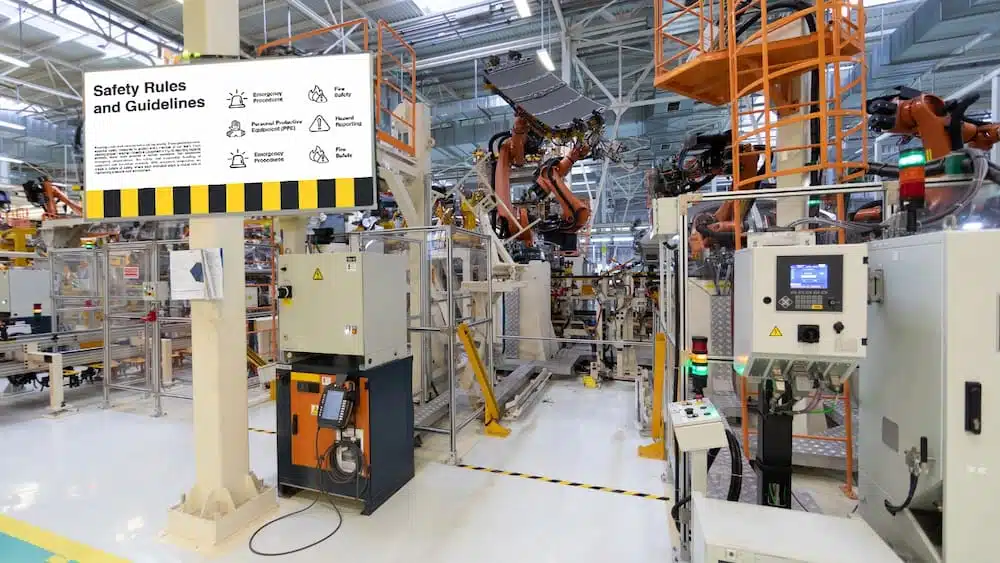
Discover New Possibilities! Click Here to Download Your Free eBook Today and Unlock Expert Insights!
In the fast-paced world of warehousing and logistics, where efficiency and productivity are paramount, one crucial aspect often takes center stage—warehouse safety. This fundamental component underscores the well-being of personnel, the integrity of goods, and the overall success of operations within these bustling hubs of activity.
We’ll delve into the critical significance of prioritizing warehouse safety and address the common safety challenges that warehouses encounter. As we embark on this journey, we shall uncover the intricate web of safety considerations that define warehouse operations. Welcome to a domain where vigilance, preparedness, and proactive measures ensure the efficient flow of goods and the safety and security of all contributing to this dynamic ecosystem.

Warehouse safety standards are comprehensive guidelines and regulations designed to mitigate risks and hazards associated with warehousing and storage activities. These standards encompass many aspects, including but not limited to personnel safety, equipment operation, fire prevention, hazardous materials handling, and structural integrity.
Key regulatory bodies, such as the Occupational Safety and Health Administration (OSHA) in the United States, have established specific rules and requirements tailored to ensure the safety of warehouse environments.
Compliance with warehouse safety standards is not merely a legal obligation but a fundamental commitment to the welfare of all individuals engaged in warehousing operations. It is a proactive stance that acknowledges the potential risks and strives to mitigate them effectively.
Compliance protects against accidents, injuries, and loss of goods, which can disrupt operations and impact an organization’s reputation. Beyond legal and operational considerations, adherence to safety guidelines fosters a culture of responsibility, accountability, and trust among warehouse teams.
In a safe and secure warehouse environment, the role of warehouse safety signs cannot be overstated. These visual cues are pivotal in enhancing safety, awareness, and adherence to warehouse safety standards. This section delves into the significance of visual cues. It explores the various types of warehouse safety signs along with their meanings.
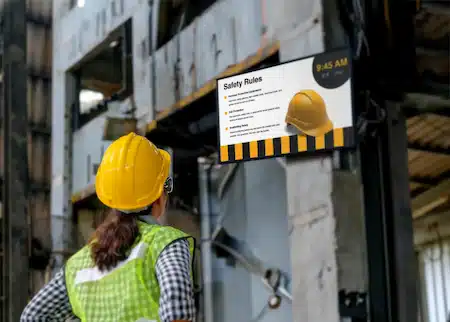
Visual cues are essential elements of an effective warehouse safety program. They constantly remind personnel, visitors, and operators about potential hazards, safe practices, and emergency procedures. Here’s why visual cues are paramount in enhancing safety within a warehouse:
There are several categories of warehouse safety signs, each serving a specific purpose. Understanding these signs is crucial for maintaining a safe warehouse environment. Here are some common types of warehouse safety signs and their meanings:
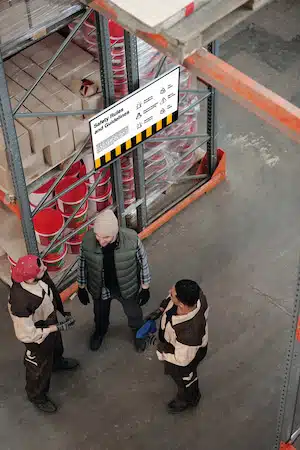

Incorporating these strategies into your safety signage program ensures that signs serve as a visual reminder of potential hazards and actively contribute to a safer warehouse environment.
Digital signage represents a modern approach to safety communication within warehouses. It uses digital displays, screens, and visuals to convey safety-related information, alerts, and training materials. These dynamic digital platforms have revolutionized how safety messages are delivered and comprehended within the bustling confines of a warehouse.
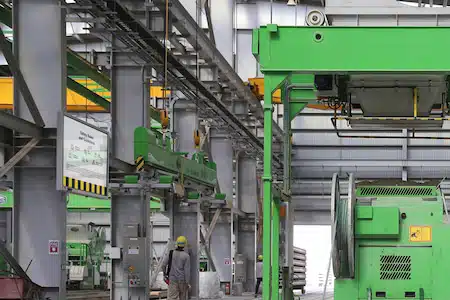
Digital signage allows for the instantaneous dissemination of crucial safety information. In dynamic warehouse settings, this real-time aspect is invaluable for promptly communicating hazards, updates, or emergency instructions.
Unlike traditional static signs, digital signage employs vibrant visuals and animations that capture attention effectively. They are particularly beneficial in areas with high foot traffic or when conveying critical safety messages that demand immediate attention.
Digital signage offers a high degree of customization. Safety messages can be tailored to specific locations, hazards, or shifts within the warehouse. This flexibility ensures that safety communication remains contextually relevant.
Many digital signage systems allow for remote content management. This feature streamlines updating safety messages, enabling swift responses to changing conditions or regulations without physical intervention.
Interactive digital signage can host safety training modules, transforming passive learning into active engagement. Employees can access interactive tutorials, quizzes, and instructional videos to enhance their understanding of safety protocols.
Digital signage can be a vital conduit for delivering alerts in an emergency. Whether it’s a fire evacuation notice, severe weather warning, or other critical information, these displays can relay urgent messages with clarity and speed.
Interactive digital signage allows employees to provide feedback or report safety concerns directly through the display. This two-way communication fosters a culture of safety engagement and allows for swift resolution of safety-related issues.
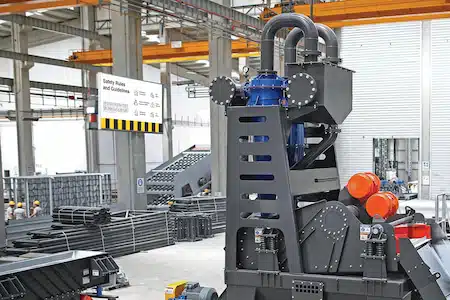
Integrating digital signage into warehouse safety practices represents a pivotal advancement in safety communication and awareness. Strategic placement of digital signage is crucial to make the most of this innovative approach.
These signs should be strategically positioned at key locations within the warehouse, such as entrances, exits, high-traffic areas, and zones with specific hazards.
By doing so, they immediately capture the attention of employees, visitors, and delivery personnel, conveying vital safety information, visitor protocols, and emergency contact details precisely where they are needed most.
One of the remarkable advantages of digital signage is its ability to provide real-time updates on safety regulations and protocols. This feature is invaluable for complying with ever-evolving safety standards in a dynamic regulatory landscape.
Digital signage can promptly communicate changes in safety requirements, ensuring that warehouse operations align seamlessly with the latest safety protocols. These displays also effectively convey safety reminders, incident statistics, and announcements about upcoming safety training sessions, helping foster a continuous culture of safety awareness among the workforce.
Furthermore, digital signage is a vital conduit for displaying emergency procedures within the warehouse. These displays provide clear, step-by-step instructions, exit routes, and assembly points in emergencies such as fires, chemical spills, or other critical situations.
They can also prominently display essential contact information for emergency services, including local fire, police, and medical services. This information becomes invaluable in swiftly responding to emergencies within the warehouse, promoting a safer work environment for all.
Additionally, digital signage can be integrated with weather alert systems in regions prone to severe weather events, ensuring that employees receive real-time weather alerts and enabling them to take appropriate safety precautions.
In the dynamic world of warehousing, safety is the cornerstone of success. It’s not just a legal obligation; it’s a moral imperative. Digital signage, with its real-time alerts, clear visuals, and swift emergency communication, is a game-changer in creating safer warehouses. It elevates safety awareness, ensures compliance, and prioritizes the well-being of all warehouse personnel.
As you navigate the path of warehouse safety, consider how digital signage can be your ally in this journey. Embrace it to enhance safety, streamline operations, and achieve greater efficiency. Let it be a testament to your commitment to safety and operational excellence.
To embark on this transformative journey and explore the full potential of digital signage in your warehouse safety efforts, contact S3 Technologies today. We can build your organization’s safer, more efficient, and thriving warehouse environment.

Discover New Possibilities! Click Here to Download Your Free eBook Today and Unlock Expert Insights! Communication is critical in a …

If you’re an HR or Communications leader, have you ever considered making your corporate messages hit the right note? Well, …
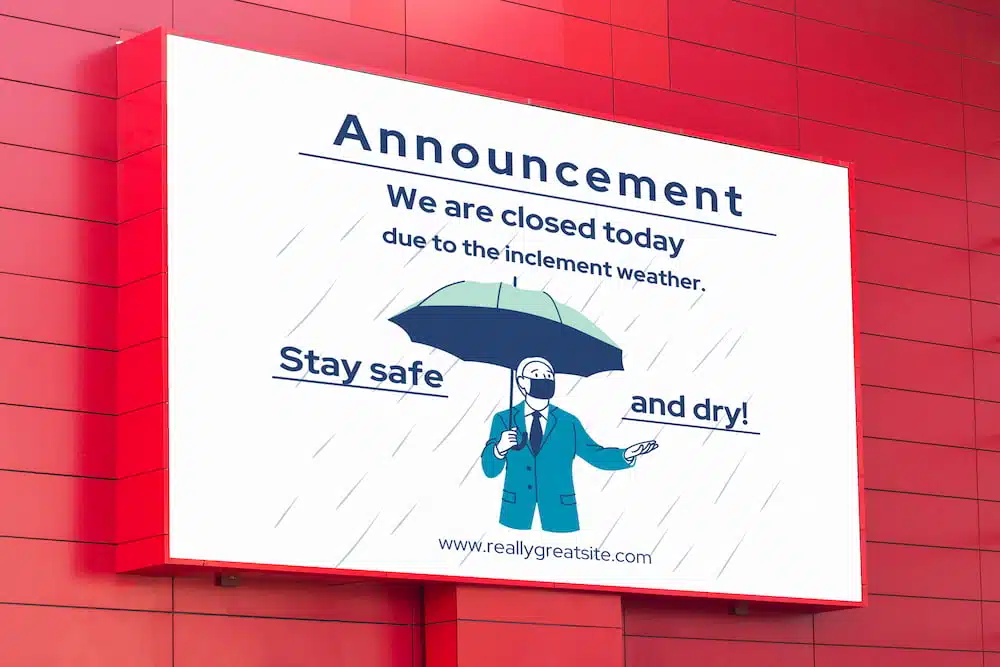
Digital signage health and safety helps manage staff members and can also help ensure the safety of your employees. Notifying …

When shift labor is involved, three distinct eight-hour shifts are typically worked in 24 hours. A manager is normally assigned …